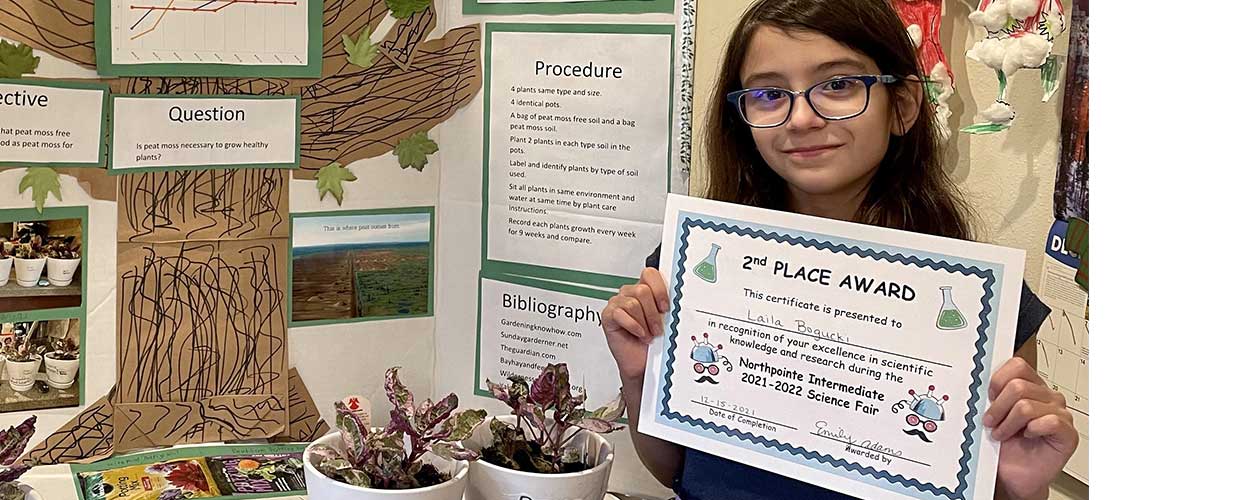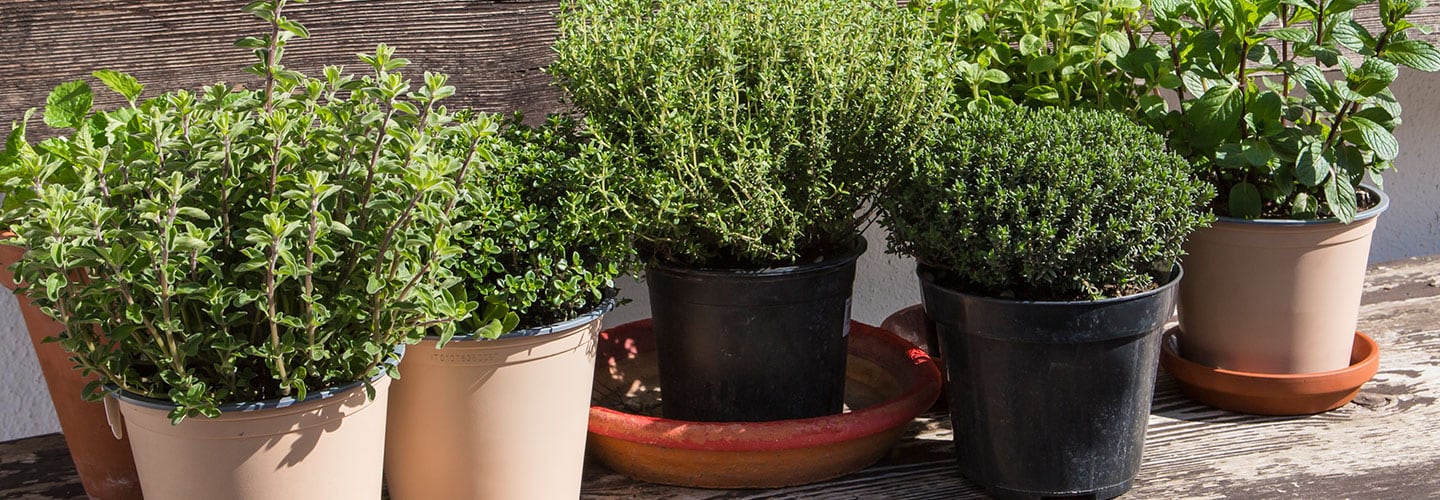As the temperature continues to rise and the weather puts winter firmly behind us, it’s time to start growing both things that are beautiful to look at and things that are wonderful to eat—it’s time for vegetable planting. Here are a few general tips that will help you start on your journey to growing fresh vegetables.
Location, Location, Location
First things first, you need to find a location that’s suitable for the vegetables you’re looking to grow, and preferably not a huge area especially if it’s your first time. For reference, three to six vegetables would work well in a 100 square foot plot. In general, you’re going to need to find a location that gets roughly six to eight hours of direct sunlight as most vegetables need this. Then make sure it adequately drains, with no pooling of water. If you cannot find a spot where soil is dry, you might need to plant your vegetables in a raised garden in order to create the proper drainage yourself. Finally, try and plant in a location with healthy, nutrient-rich soil. The best way to do this is to mix in plenty of Beyond Peat™ All-Purpose Garden Soil or Raised Bed Mix, depending on which environment you are planting in. Without nutrients, vegetables will have a hard time growing or will simply be of poor quality.
What do you want to eat?
If it’s your first time planting vegetables, it’s best to start with easier-to-plant varieties such as the following:
- Cucumbers
- Zucchini
- Beets
- Peppers
- Tomatoes
- Carrots
- Lettuce
However, plant the vegetables that you are going to want to eat. If you’re not going to eat a certain variety, you’re going to waste efforts trying to grow when you could devote it to something you want to grow. Plus, stick to a smaller size plot of land so you don’t overplant and end up working hard for a bunch of vegetables you’re not going to be able to eat. Finally, if you’re not going to buy individual starter plants, make sure you’re buying the best seeds you can buy.
When to plant?
This is a bit trickier to navigate as you’ll need to research each variety of vegetable you’re planting. Vegetables are either cool-season (such as lettuce and carrots) or warm-season (such as cucumbers and peppers). Cool-season vegetables should be planted in early spring while warm-season vegetables need the heat of late spring or early summer.
Watch. Care. Eat.
Once you’ve planted your vegetables, you’re going to need to keep a close eye on them; watering them and keeping them moist while ensuring your garden doesn’t become overgrown. Mulch will help protect against weeds, but you’ll still need to work hard to keep the weeds at bay throughout the growing season. As the growing season continues, you should mix more Beyond Peat™ All-Purpose Garden Soil or Raised Bed Mix into the soil mixture to keep it nutrient-rich for maximum growth potential. When your vegetables are ready for harvesting, make sure you pick them when you’re intending to eat them and enjoy!


